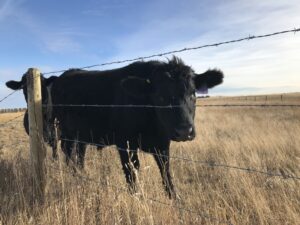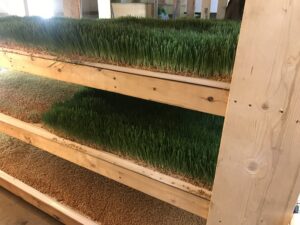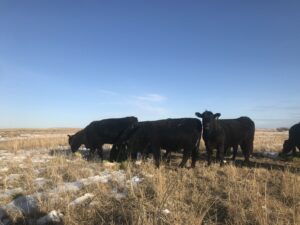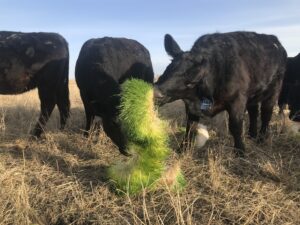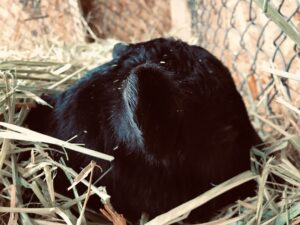Our Grass Fed Difference
During the warm months, our animals are free to graze in our polyculture, perennial pastures. As it grows colder, some of the nutrients can be lost, and when deep snow comes this is problematic. As a solution, we grow fresh barley sprouts everyday to feed our animals. This is known as fodder. After 7 days, the barley seeds have woven themselves into lovely grass mats. This is the time when the barley has the greatest amount of nutrient value, digestibility and enzyme activity, making it a very dense and rich food source. The cattle also have free choice hay, because ruminants need some dry matter for digestion. Think of a person who eats mostly salad. Now think of a person who eats mostly bread and beer. Our animals are like the salad eaters. Feeding grain to animals (and people) helps provide a lot of calories to put on weight fast. Feeding fodder will also help animals put on weight, but it will be distributed differently.
Compare this to what some other people are doing. It is very cost efficient to feed ground grain to help animals put on weight. Often, an exact ratio of grains, supplements and hay is used. It is cheaper to feed this and not give the animals free choice of what to eat. When animals are moving about, they are burning calories, so small pens prevent this. Financially cost effective, but not great for the soil, waterways, or cleanliness and quality of life for the animal. Next, some people add hormone implants to increase growth and decrease time. Time is money. It works, but what is the cost to the animal in terms of health and wellbeing, and to the consumer’s health? When animals are in enormous groups tightly confined, sickness can run through, so it may be cheaper to give every animal a preventative dose of antibiotics. We are not interested in seeing our animals suffer, and do treat them if necessary, same as our kids, but it rarely is in this environment. Places like Argentina and Brazil have lots of rain and warm weather, so they have plenty of feed and can supply the demand of big box stores. Unfortunately, much of this pasture used to be in a much more productive state: rain forests.
Compared to grain fed beef, you can expect grass fed and finished beef to have:
- less total fat
- up to 5 x more heart healthy omega-3 fatty acids
- about twice as much conjugated linoleic acid
- much less monounsaturated fat
- It will have similar amounts of omega-6 polyunsaturated fat, vitamins B12, B3 and B6, as well as iron, selenium and zinc.
These claims are found at many sources, such as MayoClinic.org articles, health.com articles and perfectketo.com
The drawbacks are that it takes a little longer, and is pretty labour intensive, but we think it is worth the time and effort to grow meat that is better for itself and those who eat it.
We start with Black Angus calves. You can’t make a silk purse out of a sow’s ear, and you can’t produce Angus beef without Angus cattle. This breed originated in the Scottish Highlands, they can take whatever Mother Nature can throw at them. They are hardy, efficient animals, and we find them to have an agreeable disposition: friendly but with some pluck. The meat is known for its flavour and marbling. Our grass fed Angus will have less marbling than their grain fed counterparts, but will retain the well known, delicious flavour.
